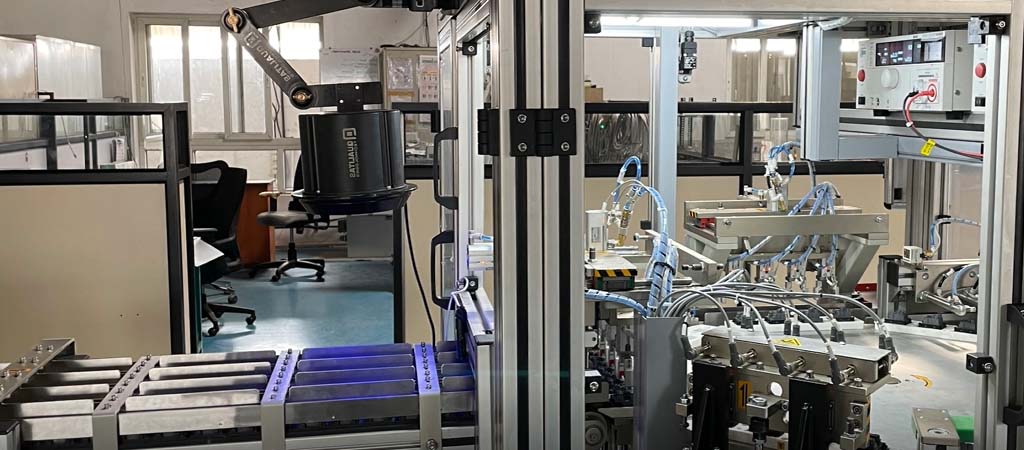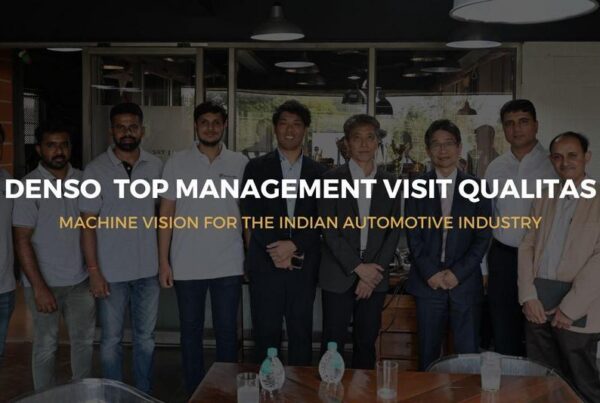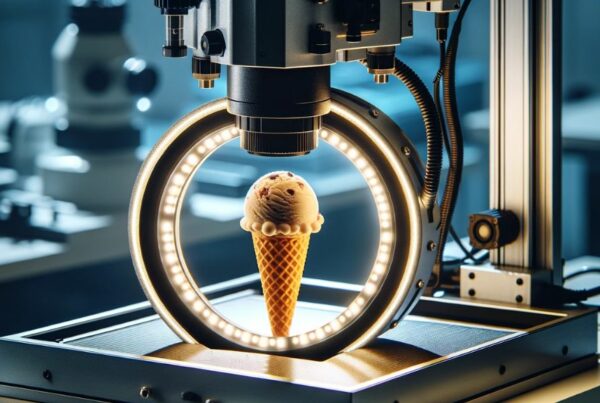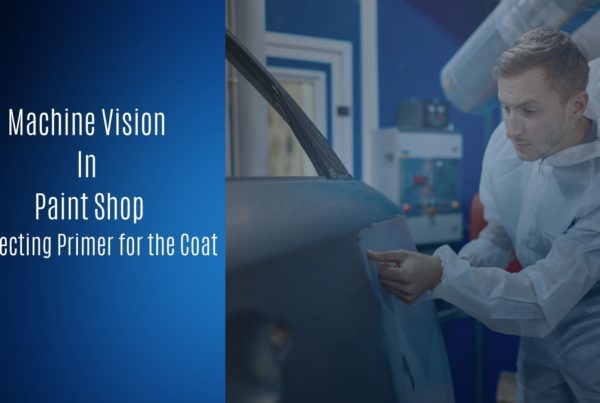
OVERVIEW
Implementing an AI-powered vision system in the production line of electrical sockets to ensure the presence of screws in them. The problem with manual inspection of these sockets is – missing out on defective ones and sending them to the client. This increased customer complaints and product return majorly.
A vision system can be deployed across the production line to ensure the sockets with missing screws route to rejection bins.

OBJECTIVE
To implement an AI-based vision system in order to automate visual inspection to identify electrical sockets with missing screws with higher accuracy.
POTENTIAL THREATS IN MANUAL INSPECTION
Visual inspection of bulk sockets is a tedious and repetitive job. This could lead to delivering defective/incomplete products to the client which can increase customer complaints and product returns. It will eventually hamper brand image as well as increase factory overheads.
HOW CAN A VISION SYSTEM HELP IN THIS SCENARIO?
AI-powered visions systems are highly accurate machines for visual inspection. The process of developing an AI-based vision solution is a journey that can be categorized into 4 parts: Image Acquisition, Machine Learning (Or Image Training), Image Processing, And Accuracy Improvement.
For image acquisition, a setup is deployed across the production line in order to get clear images with the correct orientation and illumination. The setup is installed by highly skilled engineers after visiting the shop floor. A vision system is constructed using the integration of multiple important components like cameras, illumination devices, sensors, and a user interface. Images are captured and sent to the Qualitas EagleEye® Cloud to train the AI models

Image training is further divided into 4 major categories i.e. Labeling, Verification, Training, And Evaluation. Images are trained in the cloud with the help of a simple point and click tool which has been designed for a user-friendly experience. This tool helps to create bounding boxes around the defects/missing components to train the AI model. The labelings are then verified to check if it has been done correctly or not. With the help of correct labeling, the AI model is trained. Further to test the output of the system, evaluation is done under the same platform. Once the model is trained to yield desired results, it is updated to the running production line.

Next, the solution is tested in the live production line to check the accuracy of the deployed solution. Any defective product or incomplete assembly can be identified in real-time. These results are communicated to PLC to trigger the rejection mechanism.

In an ideal scenario, not all the defects look similar, and there may be a few false rejections that need to be rectified in the system. The accuracy improvement is nothing but repeating the first 2 processes in the loop i.e. image acquisition, and image training to train the untrained/new defects until the desired accuracy is achieved. Again, this model is updated to the shop floor to achieve higher accuracy.
CONCLUSION
With the help of an AI-based machine vision system, the following potential benefits could be observed –
- Can achieve an accuracy of close to 99 percent to identify the sockets with missing screws.





